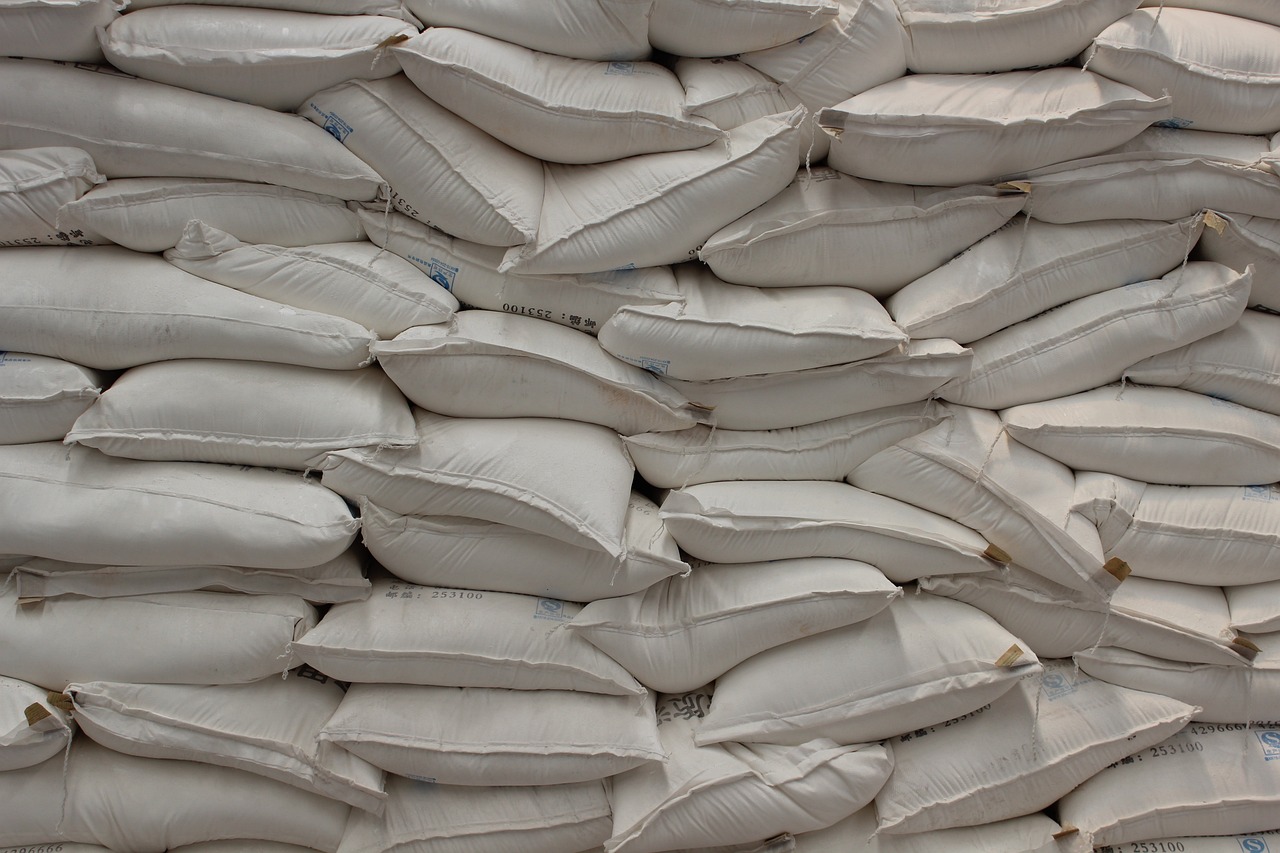In the world of transport and freight, efficiently moving bulk materials can pose unique challenges. While traditional transportation methods like barrels, boxes, and drums have been in use for a long time, a modern and convenient solution has emerged over the past few decades: the super sack. Often called oversized or bulk bags, super sacks are revolutionizing how we transport everything from granulated products to construction materials. As with all freight solutions, understanding the fundamentals of super sack transportation ensures goods’ safe, efficient, and cost-effective movement.
Transportation Of Super Sacks

Challenges and Considerations When Transporting Super Sacks
Transporting super sacks, or flexible intermediate bulk containers (FIBCs), has revolutionized how industries deal with bulk goods. However, like any mode of transportation, inherent challenges and essential considerations come with the territory. Preparing to tackle these can be the key to smooth and efficient operations.
Weight Distribution:
- Challenge: Uneven weight distribution can lead to an unstable load, increasing the risk of transport accidents.
- Consideration: Ensure that sacks are uniformly filled and positioned correctly in the transport vehicle to maintain balance and stability.
Proper Handling Equipment:
- Challenge: Manual handling is not feasible due to the significant weight of a filled super sack. Loading and unloading difficulties stem from the need for vital equipment.
- Consideration: Having the required machinery in top working condition at pick-up and drop-off locations is vital.
Environmental Exposure:
- Challenge: Extended exposure to sunlight, rain, or harsh temperatures can degrade the polypropylene material of the super sack.
- Consideration: Wherever possible, provide a covered mode of transport. If sacks must be stored before or after transportation, a shaded, dry place is preferable.
Stackability Concerns:
- Challenge: While super sacks are designed for stacking, incorrect practices can lead to sacks bursting or the goods inside getting damaged.
- Consideration: Always follow recommended stacking heights and ensure that the sacks on the lower levels are adequately filled to support the weight of the stacks above.
Contamination Risks:
- Challenge: Especially when transporting food or pharmaceutical goods, there’s a risk of contamination if the sacks are not adequately sealed or come into contact with contaminants during transport.
- Consideration: Ensure sacks are correctly sealed and kept away from potential contaminants. Regularly inspect and clean transport vehicles.
Regulatory Compliance:
- Challenge: Different countries or regions may have regulations governing the transportation of certain goods in super sacks.
- Consideration: Stay updated with local and international regulations, ensuring that the transportation of goods in super sacks complies with all standards.
